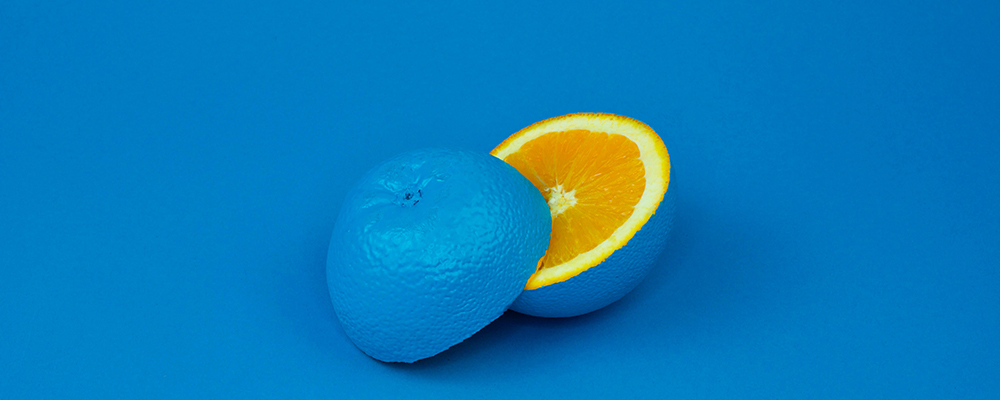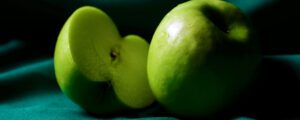
If you’ve followed my work for a while, you’ll know that I advise against the use of dream dictionaries because our dream symbols are drawn from our individual conscious and unconscious experiences.
The blue teacup, or horse, or craggy mountain in your dream relates to your unique experiences, while the blue teacup, or horse, or craggy mountain in my dreams relate to mine. As dream symbols, they have different meanings for each of us.
You’ll also know, if you’ve studied my methods and approaches, that there’s more to interpreting a dream than working out the meaning of its symbols.
Looking at the dream drama, or storyline, is a major key to interpreting a dream, as is exploring how you felt at various points during your dream. Identifying dream themes and recurring motifs is also vital to understanding a dream.
You might find some of the more considered dream dictionaries helpful in offering general suggestions about what a symbol might mean, suggestions that might point you in the direction of discovering your own personal meaning, but if you have a dream dictionary that lists definitive, absolute meanings, it’s not going to help you get to the bottom of what your dream really means.
Here’s an entry, chosen at random, from The Ultimate Dictionary of Dream Language by Briceida Ryan, published in 2004:
“Afterbirth: You will have to deal with a minor family problem connected with finances within two days. Handle this calmly.”
I skimmed through the other entries in utter astonishment. They were all similar. I looked on Goodreads where some people have posted excited, positive reviews for this book. I despair!
You may wish to draw up your own A-Z of possible dream meanings for your recurring symbols, guided by the methods I teach. It can be helpful to check back with the conclusion you came to about a particular symbol the last time it appeared in your dreams, to see if it throws light on a new dream.
What you might be surprised to notice, over time, is that the meaning of some of your dream symbols change.
A student recently told me that she often dreamed about an old friend who was quite submissive. The friend appeared in several dreams and seemed to represent submission. But then there was a change, and this same friend appeared in a dream as a violent character. The student wondered whether she should revise the meaning of this dream symbol from submission to violence. On closer examination we might see the friend as a symbol of the energy pent up in being submissive, and the potential of that energy to explode, to come out of the submissive corner screaming in an over-the-top violent reaction, letting all the repressed anger and power slice and chop at everything it encounters. In this sense, as a dream symbol she may still represent submission but give the student deeper insight into the repressed energy submission may hold. She may represent a continuum from submission to domination and enlighten the student about where her energies lie along this line. For example, she may discover that she has responded to a domineering parent or culture by being submissive. She may have banished any feelings that she regards as domineering to the shadowy depths of her unconscious. It lives on as a shadow, gathering energy that may one day explode. Such insight can help us to find the middle path, not submissive, not domineering, but … well, what would you perceive as the desirable balance point between these two extremes?
In a simpler example, let’s imagine that you discover that a blue teacup in one of your dreams represents an old-fashioned dose of comfort and reassurance. As time goes by, you realise that old fashioned ideas that you once saw as comforting and reassuring you now see as suffocating your growth and self-expression. You may notice, in some dreams, that your blue teacup dream symbol has changed from meaning ‘comfort and reassurance’ to ‘suffocation’.
Some of your dream symbols may retain their meaning throughout your life, while others may change to reflect your changed perspectives, your growth and evolution.
Keep note, update your personal A-Z as you grow through life. Be curious. But keep your dream symbols to yourself. Don’t decode other people’s dreams using your personal dream symbols. I imagine that many of the weird, wonderful, and grossly inaccurate dream dictionaries still being pumped out by mainstream publishers around the world started life as their authors’ personal A-Zs.
Oh, and remember too, that there’s far more to interpreting a dream intelligently and meaningfully than exploring the meaning of its symbols.




